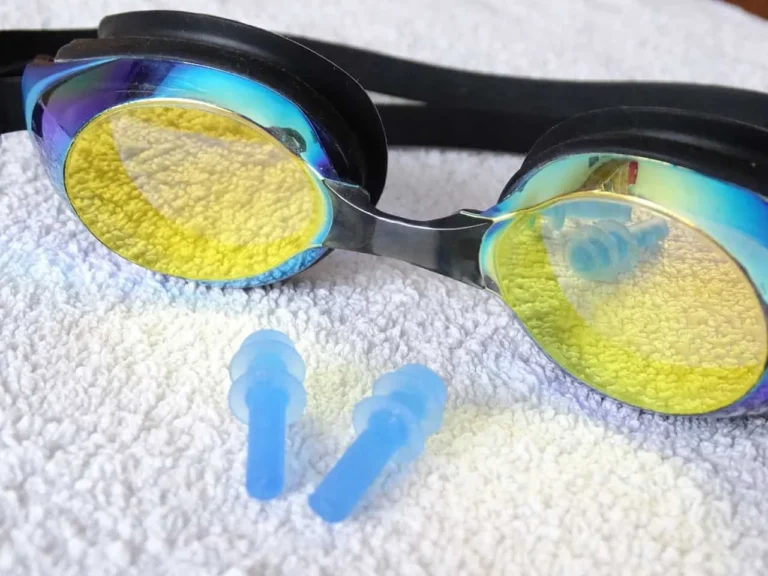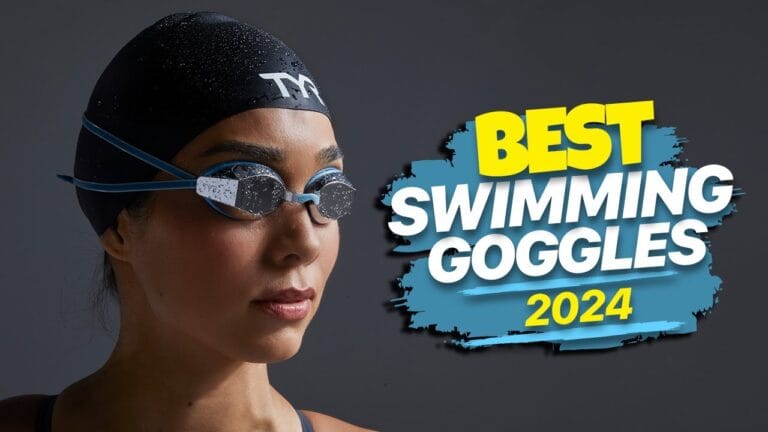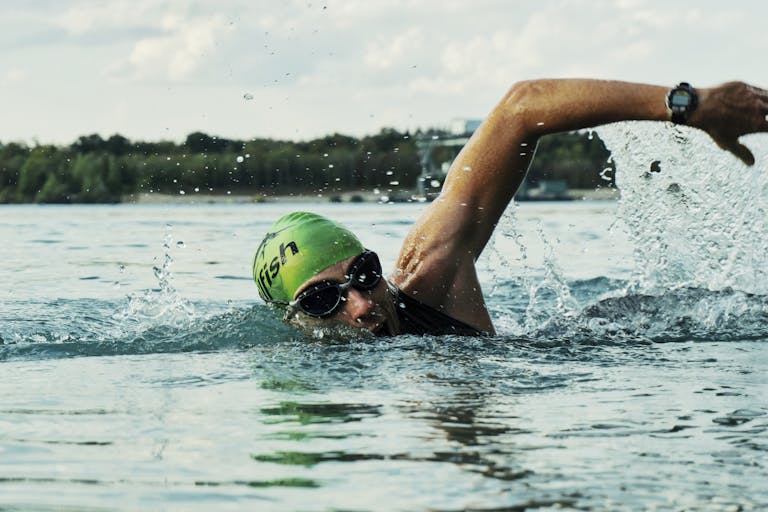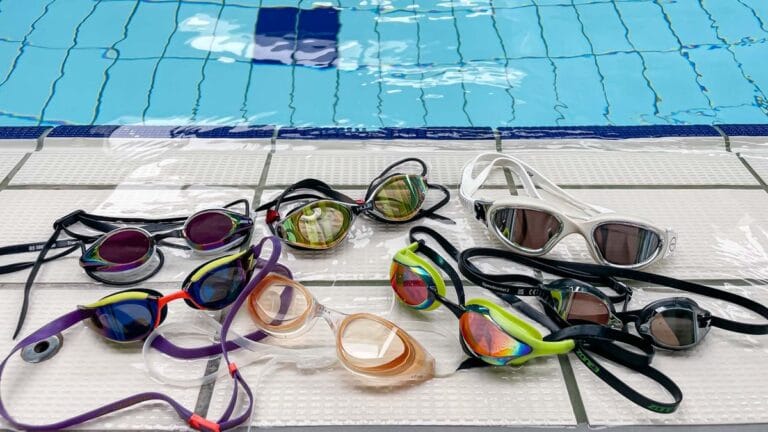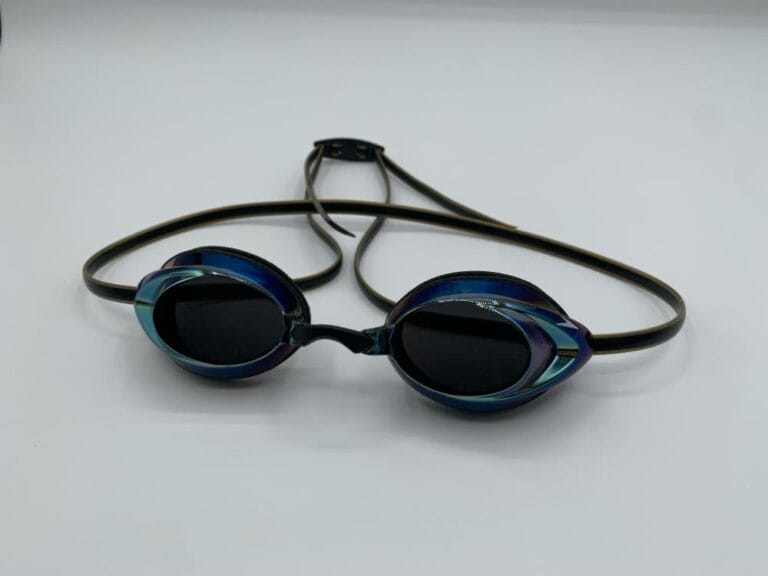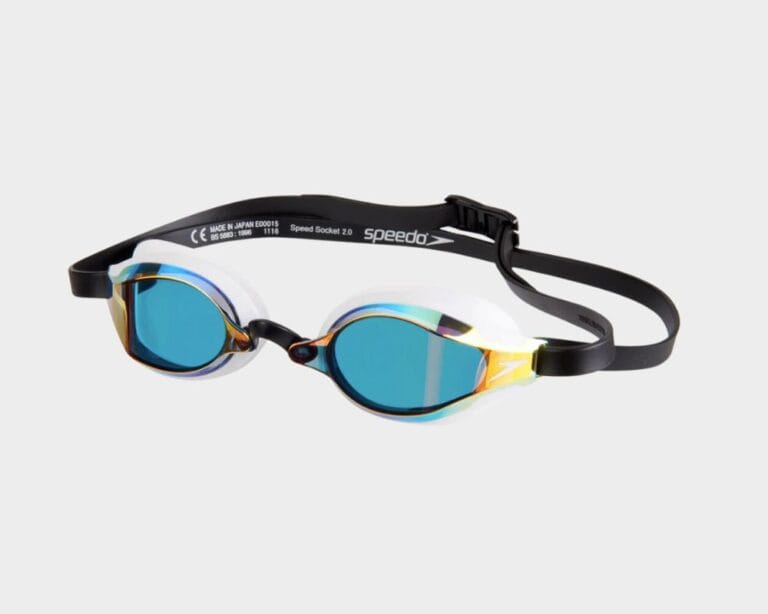If there’s one thing that separates good swimmers from great ones, it’s not always speed—it’s rhythm. And at the heart of rhythm lies breathing.
I’ve coached dozens of swimmers, from beginners gasping for air every stroke to seasoned triathletes looking to improve endurance. And what I’ve learned is this: your breathing technique can make or break your swim.
In this article, I’ll walk you through how to breathe more efficiently in freestyle, how to train your lungs for endurance, and share breathing drills that truly work.
🫁 Why Breathing in Swimming Feels So Hard
Let’s face it—breathing in swimming isn’t as simple as “just inhale and exhale.” The water restricts access to air, and timing becomes everything. Most beginner swimmers either hold their breath too long or lift their heads too much, which throws off body position and causes fatigue.
Here’s what’s really happening:
- Holding your breath = CO₂ buildup = panic.
- Lifting your head = sinking hips = drag.
- Irregular rhythm = inconsistent oxygen delivery to muscles.
The fix? A proper breathing pattern built into a relaxed, balanced stroke.
🔄 Breathing Basics: What Efficient Swimmers Do Differently
You’ve probably heard it before: “Exhale underwater.” But there’s more to it. Let’s break it down:
✅ Exhale continuously through your nose or mouth while your face is in the water.
This reduces CO₂ and prevents the urge to gasp when you turn to breathe.
✅ Inhale quickly and smoothly when your mouth clears the surface.
Avoid gasping or hesitating. It should be a reflex, not a disruption.
✅ Use body rotation—not neck twisting—to breathe.
Think of it as rolling your body to the side, not lifting your head out of the water.
✅ Keep one goggle in the water.
This ensures you’re not over-rotating, which keeps your hips from dropping.
🧠 The Power of Bilateral Breathing
Bilateral breathing means breathing on both sides—usually every 3 strokes. It’s not mandatory for racing, but it’s a powerful training tool. Here’s why I recommend it:
- Improves stroke symmetry
- Helps you swim straighter in open water
- Balances muscle development
- Develops better rhythm and awareness
🗓️ Try alternating: one length breathing every 3 strokes, then switch to your natural side the next length.
🏊♂️ Breathing Drills That Actually Work
I’ve tested dozens of breathing drills over the years. These are my go-tos when working with swimmers who struggle with rhythm or endurance.
1. Bubbles Drill
Practice in shallow water or during warm-up. Exhale slowly and steadily underwater, then inhale as you lift your head.
Goal: Master relaxed, consistent exhalation.
2. Side Kick with Snorkel or Without
Kick on your side with one arm extended and the other at your side. Focus on body rotation and breathing timing.
Goal: Improve head position and streamline breathing movement.
3. 3-2-1 Breathing Ladder
Start by breathing every 3 strokes, then every 2, then every 1. Repeat in reverse.
Goal: Build breath control and awareness under fatigue.
4. One-Arm Freestyle Drill
Swim with one arm while the other stays at your side. This forces you to rotate properly and time your breathing.
Goal: Isolate breathing movement and correct over-rotation.
💡 Dryland Tips to Train Your Lungs
Your lungs are a muscle group too. Improving lung capacity and breath control pays off in the water.
- Practice box breathing: inhale 4 seconds – hold 4 – exhale 4 – hold 4
- Try CO₂ tolerance tables (used by freedivers)
- Do aerobic training (running, cycling) to improve baseline endurance
🏁 Final Thoughts: Breathe Smarter, Swim Longer
Good breathing technique isn’t just about surviving the workout—it’s about thriving through it. With better breath control, you’ll find your stroke smoother, your body more relaxed, and your endurance noticeably stronger.
It might take time to build the habit, but trust me: when your breathing falls into rhythm with your stroke, the entire swim transforms. You stop fighting the water—and start flowing with it.

